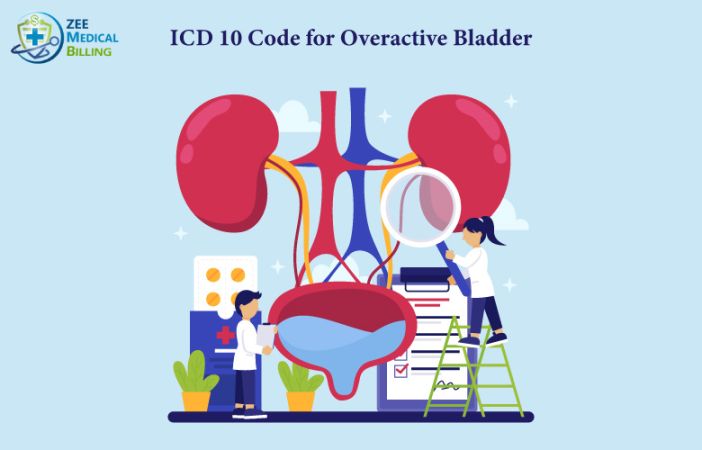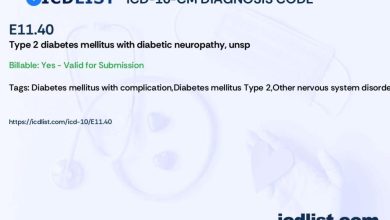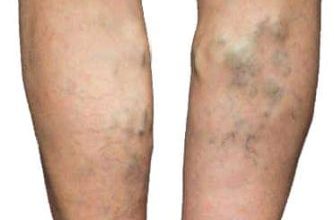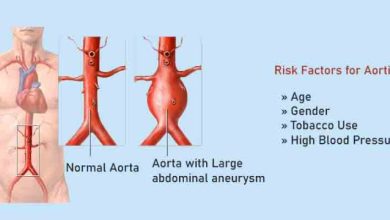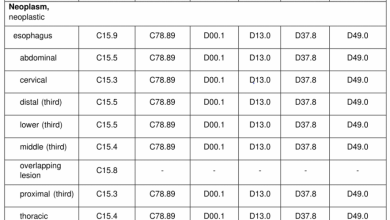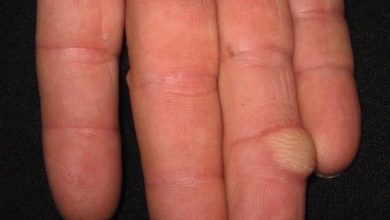Understanding Overactive Bladder In ICD-10: Coding And Documentation Guidelines
Tackling Overactive Bladder with ICD-10 Codes
Overactive bladder (OAB) is a common condition that affects millions of people worldwide. It is characterized by a sudden and urgent need to urinate, often leading to frequent trips to the bathroom throughout the day and night. For healthcare providers, accurately documenting and coding OAB is essential for proper diagnosis, treatment, and billing. In this article, we will explore the importance of using ICD-10 codes to tackle overactive bladder effectively.
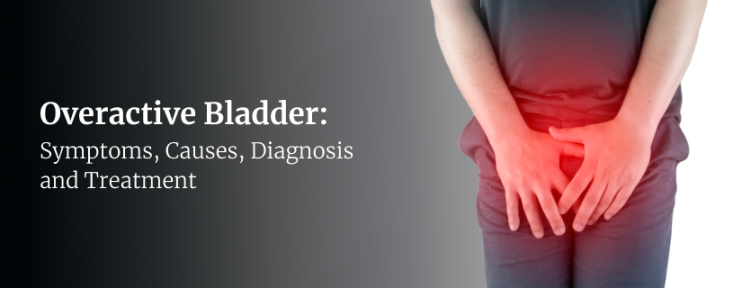
ICD-10 codes are alphanumeric codes used by healthcare providers to classify and code all diagnoses, symptoms, and procedures recorded in hospitals and physician practices. When it comes to overactive bladder, there are specific ICD-10 codes that providers must use to accurately document and track this condition. By using the correct codes, healthcare providers can ensure proper reimbursement, improve patient care, and contribute to better population health management.
One of the primary ICD-10 codes used for overactive bladder is N32.81. This code specifically refers to the diagnosis of overactive bladder, which is characterized by symptoms such as urinary urgency, frequency, and nocturia. By using this code, healthcare providers can clearly indicate that a patient is experiencing symptoms of overactive bladder, which can guide treatment and management strategies.

In addition to the primary code N32.81, there are also secondary codes that providers may use to further specify the type and severity of overactive bladder. For example, codes such as N32.89 (Other specified disorders of bladder) and N32.9 (Bladder disorder, unspecified) can provide additional information about the patient’s condition, helping to paint a more comprehensive picture for healthcare providers and payers.
When documenting overactive bladder in ICD-10, it is important for healthcare providers to include detailed information about the patient’s symptoms, medical history, and any relevant diagnostic tests. This information not only helps in selecting the appropriate ICD-10 codes but also ensures that the patient receives the most effective treatment and management for their condition.

In addition to accurate documentation and coding, healthcare providers must also be aware of the billing guidelines for overactive bladder in order to maximize reimbursement and avoid potential denials. By following the coding and documentation guidelines set forth by organizations such as the Centers for Medicare and Medicaid Services (CMS) and the American Medical Association (AMA), providers can ensure compliance and proper reimbursement for their services.
Overall, tackling overactive bladder with ICD-10 codes requires a comprehensive understanding of the condition, accurate documentation of symptoms and medical history, and adherence to billing guidelines. By following these guidelines, healthcare providers can effectively diagnose, treat, and manage overactive bladder in their patients, ultimately improving outcomes and quality of life.
